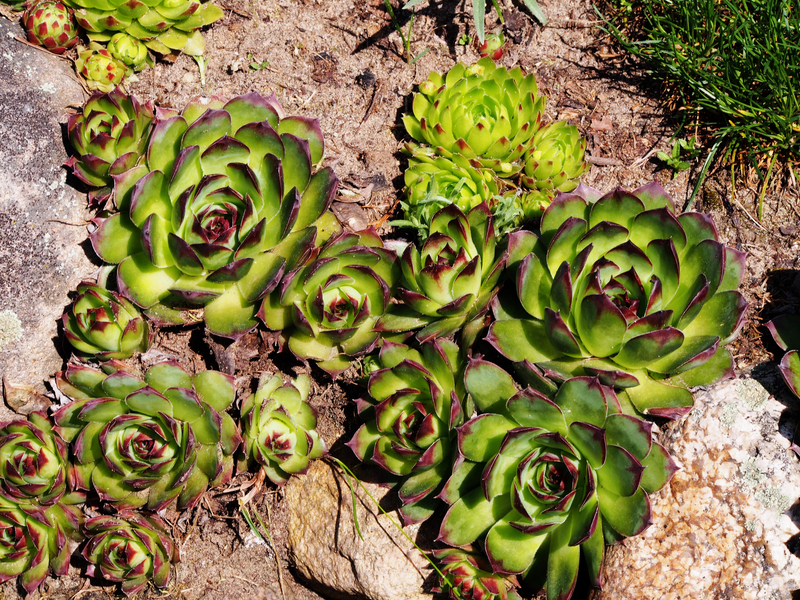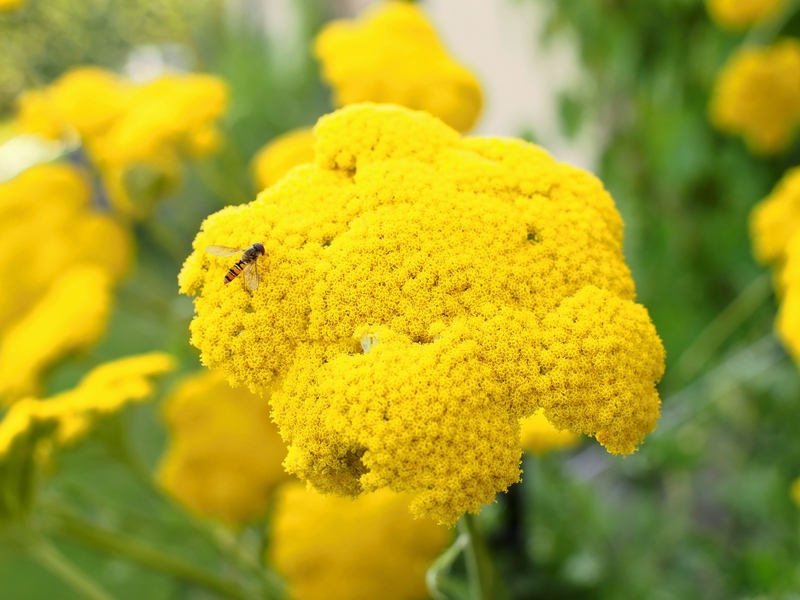Master the Art of Lawn Care with These Simple Beginner Steps
Unlocking the secret to a lush, green lawn isn't as mysterious or intimidating as it might seem. Whether you're a first-time homeowner or someone looking to revive a tired patch of grass, mastering the art of lawn care can be both enjoyable and rewarding. With the right approach and guidance, you can enhance your yard's beauty and increase your property's curb appeal. This comprehensive guide outlines simple steps for lawn care beginners to help you create the healthy, vibrant lawn you've always dreamed of.
Why Proper Lawn Care is Essential
A well-maintained lawn isn't just about aesthetics. Lawn care directly impacts the health of your grass, controls weeds, supports desirable soil microbes, and plays a key role in the ecosystem of your yard. Additionally, good lawn maintenance practices can:
- Increase your property value
- Reduce erosion and runoff
- Provide a safe play area for kids and pets
- Improve air quality and reduce noise pollution

Getting Started: Know Your Lawn
Before you begin your journey to lawn care mastery, it's important to get to know your yard. Understanding the basics will set the foundation for your ongoing lawn maintenance.
1. Identify Your Grass Type
There are various grass types, each with unique needs. Cool-season grasses--like Kentucky bluegrass and fescue--thrive in northern climates, whereas Bermuda and Zoysia are warm-season varieties suited for southern regions. Knowing your grass type helps you select the right mowing height, fertilization schedule, and watering regimen.
2. Assess Your Soil
Healthy lawns begin with healthy soil. Conducting a soil test checks pH and nutrient levels, guiding effective fertilization. Many local garden centers and cooperative extensions can analyze a small soil sample for you. Aim for a pH between 6.0 and 7.0 for most lawns.
Step 1: Mowing for Success
Proper mowing is critical to artful lawn care. Cutting your grass the right way keeps it healthy and discourages weeds.
Mowing Tips Every Beginner Should Know
- Mow Regularly: Never remove more than one-third of the grass blade in a single session. This reduces stress on the grass and encourages stronger roots.
- Keep Blades Sharp: Dull blades tear grass, causing frayed edges and promoting disease. *Sharpen mower blades* at least once a season.
- Vary Your Pattern: Changing your mowing direction helps prevent soil compaction and promotes upright growth.
- Leave Clippings: Mulched clippings decompose quickly and provide natural nutrients, reducing fertilizer needs--a process known as grasscycling.
Step 2: Watering Wisely
Next up in your journey to master lawn care: perfecting your watering routine. Overwatering or inconsistent watering can do more harm than good.
Effective Lawn Watering Techniques
- Water Deeply, Not Frequently: One or two deep waterings per week encourage deep roots. Light daily watering leads to shallow, weak roots.
- Early Morning is Best: Water before 10 a.m. to minimize evaporation and give grass time to dry before evening, reducing disease risk.
- Watch for Signs: Grass needs water if it looks dull, footprints remain visible, or leaves curl up.
- Use a Rain Gauge: Lawns typically need about 1 inch of water per week. Adjust depending on rainfall and temperature.
Step 3: Fertilizing Fundamentals
Fertilizers restore nutrients to the soil, supporting thick, vibrant growth. However, applying the wrong type or amount--or fertilizing at the wrong time--can harm your lawn rather than help it.
How to Fertilize for a Healthier Lawn
- Choose the Right Fertilizer: Select a product tailored to your grass type and current soil condition. Synthetic and organic options are available.
- Follow a Schedule: Most lawns benefit from feeding in early spring and late fall. Warm-season grasses may need summer applications.
- Read Labels: Carefully follow instructions and apply at the recommended rate to avoid "burning" your lawn.
- Water After Fertilizing: Most fertilizers require watering in to activate nutrients and prevent runoff.
Step 4: Weed Control Strategies
No discussion about lawn care for beginners would be complete without addressing weed management. Weeds compete with your grass for nutrients, water, and sunlight. The key to a lush, weed-free lawn is to both prevent and remove intruders.
Simple Weed Prevention & Removal Steps
- Maintain Lawn Density: Dense, vigorous grass leaves little room for weeds to establish.
- Manual Removal: Pull weeds by hand when soil is moist, grasping at the base to remove the entire root system.
- Use Pre-Emergent Herbicides: Apply in early spring to block weed seeds from germinating.
- Spot Treat Persistent Weeds: For stubborn patches, use post-emergent herbicides specifically labeled for your lawn type.
Step 5: Aeration and Overseeding
Compacted soil and thinning grass can undermine your efforts, but aeration and overseeding are game-changers.
Why and How to Aerate Your Lawn
- Promotes Root Growth: Aerating reduces soil compaction, allowing air, water, and nutrients to penetrate to root zones.
- When to Aerate: The best time is when your grass is actively growing--spring or early fall for cool-season grasses, late spring for warm-season.
- How to Aerate: Use a core aerator to remove small plugs of soil across the yard. These holes help your lawn "breathe."
Overseeding: Revitalize a Tired Lawn
- Thickens Turf: Spreading new grass seed fills in bare spots and improves lawn density.
- Best Time to Overseed: Early fall provides ideal conditions for cool-season grasses. Late spring is best for warm-season varieties.
- Seeding Steps: After mowing and aerating, spread seed evenly, then keep soil consistently moist until seeds germinate.
Step 6: Seasonal Lawn Care Adjustments
Different seasons require different approaches to lawn care. Adjusting your routine ensures your grass thrives all year long.
Spring Lawn Care Tips
- Remove winter debris and dead leaves
- Apply pre-emergent weed control
- Fertilize as growth resumes
- Aerate if needed
Summer Lawn Maintenance
- Raise mowing height to shade roots and conserve moisture
- Water deeply during dry spells
- Monitor for pests and disease
Autumn Preparation
- Overseed to repair bare patches
- Apply a fall fertilizer
- Continue mowing until growth slows
Winter Watch
- Keep lawn debris-free
- Minimize foot traffic on frosted turf
- Service lawn equipment for spring
Bonus Tips: Lawn Care Mistakes to Avoid
Even seasoned homeowners can make mistakes in their quest for the perfect green lawn. Avoid these common pitfalls:
- Overwatering: Too much moisture leads to shallow roots and can foster fungal diseases.
- Cutting Grass Too Short ("scalping"): Exposes roots, increases weeds, and weakens your lawn.
- Ignoring Soil Health: Forgetting to test or improve soil impedes healthy grass growth.
- Excessive Fertilization: More isn't always better; follow label instructions to avoid burning your grass.
- Neglecting Dull Blades: Torn rather than cut blades make grass susceptible to pests and pathogens.
- Poor Timing: Mowing, watering, and seeding at the wrong times produce poor results.
Embracing Environmentally Friendly Lawn Care
Modern lawn care professionals increasingly prioritize sustainability. By adopting eco-friendly approaches, you not only help the environment but may also reduce effort and long-term costs.
Green Lawn Care Ideas
- Choose Native Grasses: These require less water and fertilizer.
- Use Organic Fertilizers: These break down slowly, enriching soil naturally.
- Limit Pesticides: Hand-remove weeds when possible and tolerate a few "guests" in your yard.
- Collect Rainwater: Water your lawn with rain barrels to conserve water and reduce your utility bill.
- Compost Yard Waste: Recycle clippings and leaves as garden mulch or compost.

Essential Tools for Lawn Care Beginners
Investing in the right tools makes lawn care much easier. Start small, focusing on quality essentials, then expand as you learn more about your lawn's specific needs.
- Lawn mower (manual or powered, depending on your yard's size)
- String trimmer for edges and hard-to-reach spots
- Garden rake for debris and soil prep
- Spreader for consistent fertilizer and seed application
- Hose and sprinkler for even watering
- Soil test kit
- Aerator (optional, but useful for compacted lawns)
Conclusion: Unlock the Full Potential of Your Lawn
By following these simple steps for lawn care and embracing the fundamentals, any beginner can cultivate a lush, healthy, and beautiful yard. Remember: Consistency is key. Regular maintenance, proper mowing and watering, timely fertilization, weed management, aeration, and seasonal adjustments form the backbone of effective lawn care routines.
Start small--focus on mastering one step at a time. Soon, you'll find that caring for your lawn is less a chore and more a point of pride. Embrace the process, enjoy your time outdoors, and relish the sights and smells of a thriving green oasis right outside your door.
Ready to become a lawn care legend? With these easy beginner steps, you are well on your way to mastering the art of lawn care and enjoying a lawn that's the envy of the neighborhood!

